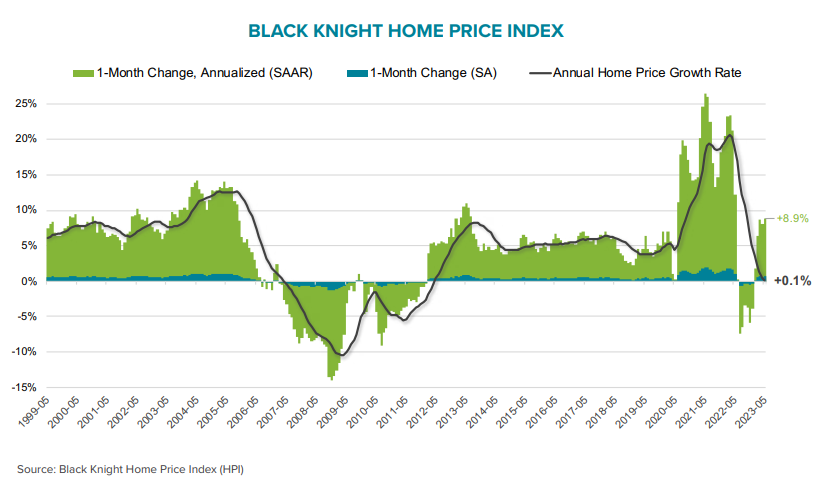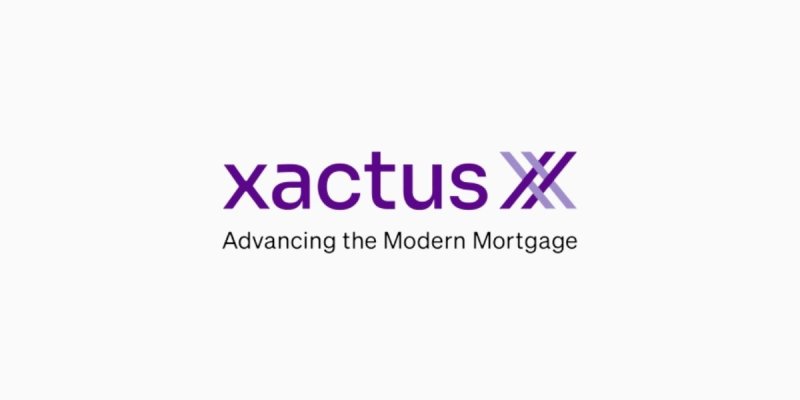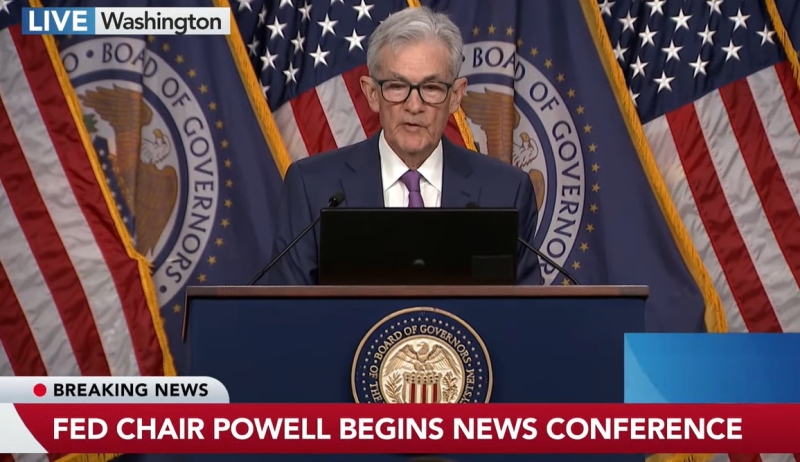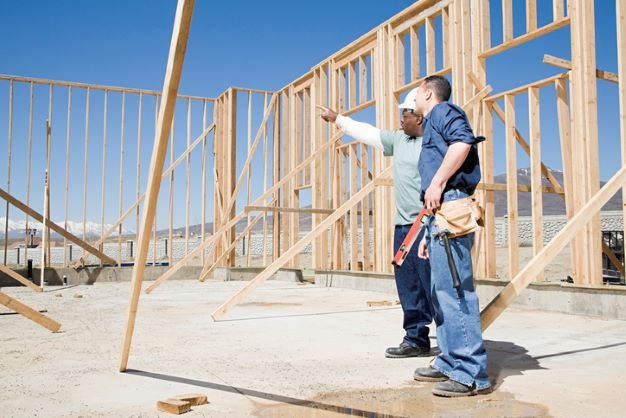
Black Knight: Housing Market Reignites

Home prices hit record high in May; inventory, affordability plague buyers.
As the nation nears the traditional end of the spring homebuying season, there are signs of the market reheating in markets across the United States based on its home price index (HPI), Black Knight said Monday.
The company’s Data & Analytics division released its latest Mortgage Monitor Report, which in part showed that five consecutive months of gains have completely reversed the pullback in home prices that began in July 2022.
“There is no doubt that the housing market has reignited from a home price perspective,” said Andy Walden, Black Knight’s vice president of enterprise research. “Firming prices have now fully erased the pullback we tracked through the last half of 2022 and lifted the seasonally adjusted Black Knight HPI to a new record high in May.”
Walden said that while the backward-looking annual growth rate dipped to 0.1%, “May’s exceptionally strong 0.7% month-over-month gain would equate to an annualized growth rate of 8.9%, suggesting the annual home price growth rate would remain at or near 0% for only a short time before inflecting and trending sharply higher in coming months.”
He said the “reheating” is widespread, with more than half of the 50 largest U.S. markets seeing prices at or above 2022 peaks.
“While prices are still well below peak levels across the West and in many pandemic boom towns, price firming in recent months has begun to close those gaps,” Walden said. “Austin, Texas, remains the notable exception; inventory there continues to run above pre-pandemic levels, putting downward pressure on prices, which have fallen to 13.8% below peak, the largest gap of any market. Just eight of the top 50 markets are currently more than 5% below their 2022 peaks.”
Walden added that Austin is the exception nationwide. “Unlike Austin, for-sale inventory is moving the other direction in much of the country,” he said. “Active listings have deteriorated in 95% of major markets so far this year, and overall, we’re still down more than 50% from pre-pandemic levels. New construction starts and completions were both strong in May, which is welcome news. However, most projects underway in the month were 5+ multifamily units, as opposed to single-family residential (SFR) units.”
He said SFRs made up just 40% of the total and are now at construction levels still about 30% below the 2005 peak.
Watch it on The Interest: High Prices Heating Up
“As it stands, housing affordability remains dangerously close to the 37-year lows reached late last year, despite the Federal Reserve’s attempts to cool the market,” Walden said. “The challenge for the Fed now is to chart a path forward toward a ‘soft landing’ without reheating the housing market and reigniting inflation. But the same lever used to reduce demand — that is, raising rates — has not only made housing unaffordable almost universally across major markets, it has also resulted in significant supply shortages by discouraging potential sellers unwilling to list in such an environment, further strengthening prices. At this point, even if rates come down, but not so sharply as to entice potential sellers out of their sub-3.5% mortgages, it could risk a widespread reheating of home prices across the U.S.”
Other Key Highlights:
- Of the 50 largest markets, 27 — primarily in the Midwest and Northeast — have returned to their prior home price peaks or set new highs this spring.
- Marking the fifth consecutive month of gains, May’s 0.7% seasonally adjusted monthly increase equates to an annualized growth rate of 8.9%, suggesting a coming inflection in annual home price appreciation (HPA).
- As of May, annual home price growth sat at 0.1%; however, if recent trends hold true, the annual home price growth rate may begin trending higher as early as next month.
- For-sale inventory improved modestly but is still 51% off pre-pandemic levels and remains a huge challenge, putting upward pressure on home prices.
- Inventory levels have decreased in 95% of major markets this year, with the largest swings in Western locales such as Phoenix; Boise, Idaho; Ogden, Utah; San Francisco; and Colorado Springs.
- Affordability continues to suffer; as of June 22, with 30-year rates at 6.67%, the principal and interest (P&I) payment needed to buy the median-priced home rose to $2,258, marking the highest payment on record
- Nationally, it takes 35.7% of median household income to make the average P&I payment; only income growth since the fall of 2022 has kept May 2023 from being the most unaffordable month for housing in the past 37 years.
- The national mortgage delinquency rate fell 11 basis points (bps) in May to 3.1%, returning to a near-record low after a calendar-driven spike in the prior month.
- Serious delinquencies — those 90+ days past due — continued to improve nationally, falling by 18,000 from April; they are now 30% below the level of May 2022 and within 1% of their post Great Financial Crisis low point in 2019.




